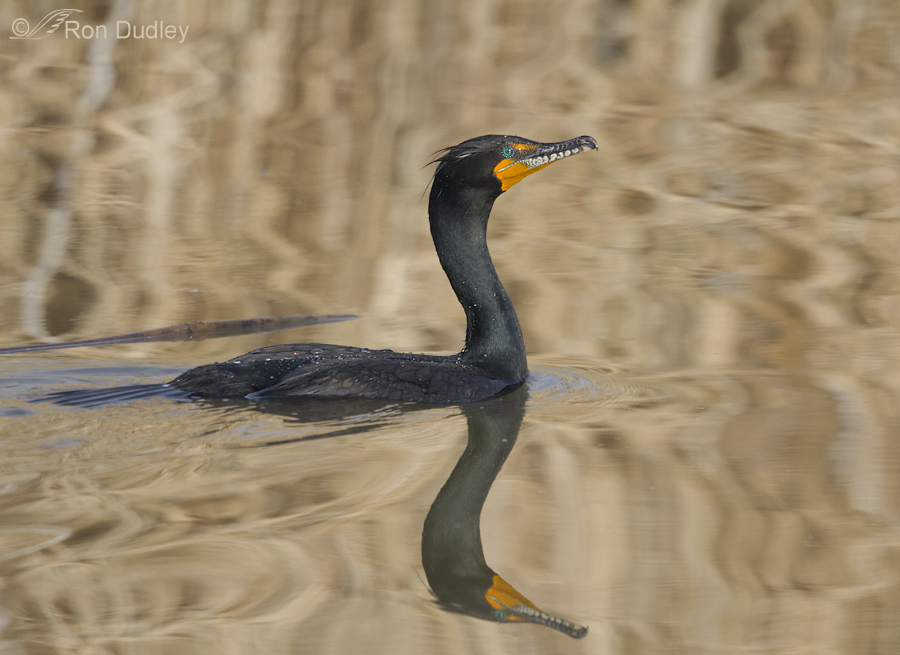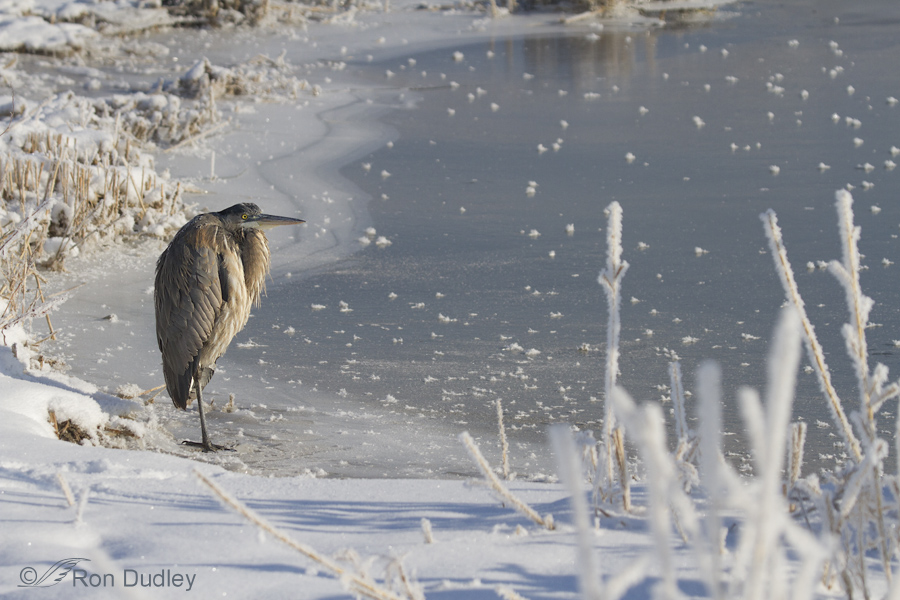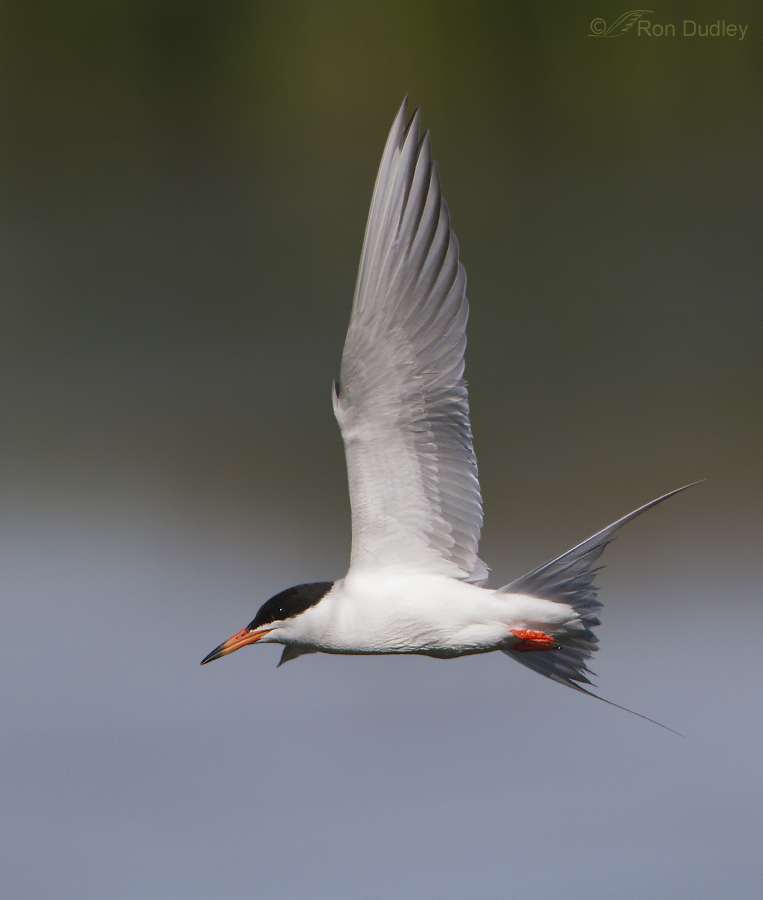Tag: fishing
Great Blue Heron On Ice
Forster’s Tern
One-footed Merganser In A Hurry
I live near a local fishing pond that attracts a few fish-eating birds, particularly in the late winter and early spring. For the last few days there’s been a pair of Common Mergansers on the pond and yesterday morning I was finally able to get relatively close to them for a few minutes. The pond was still about half covered with ice but it’s melting fast. 1/2500, f/7.1, ISO 500, 500 f/4, 1.4 tc, natural light Most of the time there wasn’t much action with the cormorants but once, when this bird apparently thought its companion might have caught a fish, it rushed over to investigate. It wasn’t until this morning when I began culling and processing the images that I noticed that it was missing its left foot. 1/2500, f/7.1, ISO 500, 500 f/4, 1.4 tc, natural light Since they use their webbed feet to help propel them along the surface of the water this bird could really scoot for having only one foot. 1/2500, f/7.1, ISO 500, 500 f/4, 1.4 tc, natural light This image shows the missing foot best. 1/2000, f/7.1, ISO 500, 500 f/4, 1.4 tc, natural light This shot, and the next two, are of the other merganser. As you can see it had some kind of fishing lure/hook stuck in its lower mandible. It doesn’t look like a typical lure so perhaps it’s what’s left of a fish that it had tried to swallow when the hook and/or line got stuck in its bill. 1/2000, f/7.1, ISO 500, 500…
Terns – After The Dive
Terns tend to be graceful and highly maneuverable flyers and those skills are very much on display when they’re fishing. 1/5000, f/6.3, ISO 500, 500 f/4, 1.4 tc, natural light I found this Forster’s Tern fishing at Bear River MBR last June and decided I’d attempt to photograph it coming out of the water after a dive – easier said than done. And to catch it with a fish would be a bonus. This species is known for feeding on “small” fish but this one is ridiculous – hardly worth the bother. If you look very carefully you can see the miniscule fish behind the upper part of the bill. I’ve cropped this shot unconventionally in order to include the “splash” behind the bird. These birds fish relentlessly. Their quarry is small, as is their success rate. In one Forster’s Tern study, 1538 dives produced 369 fish for a success rate of 24%. 1/5000, f/6.3, ISO 500, 500 f/4, 1.4 tc, natural light The fish is more easily seen in this next shot. When they come off the surface they usually shake excess water out of their feathers in mid-air. I caught this tern just before the shake, where it has twisted its wings in order to get good action for the upcoming shake. I missed the shake with this bird but… 1/1250, f/6.3, ISO 500, 500 f/4, 1.4 tc, natural light I did manage to capture it on another day with this Caspian Tern. I didn’t have enough shutter speed to get the quick movements particularly sharp but…
A Birthday Bounty Of Bear River Birds
Wednesday of this past week was my “medicare birthday”. I’m sure older readers will understand why my psyche needed some bolstering and I felt justified in burning up some extra gas and putting even more miles on my pickup for a trip to Bear River Migratory Bird Refuge to help take my mind off of my advancing age. It was worth the trip! While I didn’t get any truly spectacular shots it was a wonderful morning with excellent weather and light, lots of cooperative birds and great company – thanks to Mia. The only downside was that I had 35 gigs of images to cull when I got home… A couple of notes about my techs: a), regular readers are probably aware that I nearly always shoot with the 1.4 tc attached to my 500 mm. On this morning I got so close to many of the birds that almost half of the images I’ve posted here were taken without the tc and b), many of these images were taken with a very high shutter speed which is typical for me since I’m usually set up for action shots after firing off a few times on more traditional poses. All photos are presented in the order they were taken. 1/1250, f/5.6, ISO 640, 500 f/4, 1.4 tc On the road to the refuge we came across a pair of Short-eared Owls cavorting in the air right after the sun came up. One of the owls was “sky dancing” but by the time I got the pickup…
The Bald Eagle and the Fish Hook
Last week while looking for Golden Eagles to photograph in the Promontory area at the north end of the Great Salt Lake we came across a group of adult and juvenile Bald Eagles feeding on a sheep carcass. The light angle was bad for photography but we couldn’t resist taking a few shots anyway. Bald Eagle with fish hook in bill We were quite close to one adult and when it flew off I instinctively fired off a few shots, despite the poor light. When I got home and looked carefully at those images I could clearly see this gold fish hook embedded in the base of the eagle’s bill. This bird was apparently feeding normally and I suspect that the hook will not cause it significant problems while it’s in Utah for the winter feeding on carrion. However I am concerned that, because of the position of the hook in front of the eyes, the hook will interfere with effective forward vision for fishing after it heads north in March. I hope it falls out or rusts off before that although I’m not sure if “gold” fish hooks rust at all. An internet search shows that fish hooks are an ongoing problem for both Bald Eagles and Ospreys. Ron




